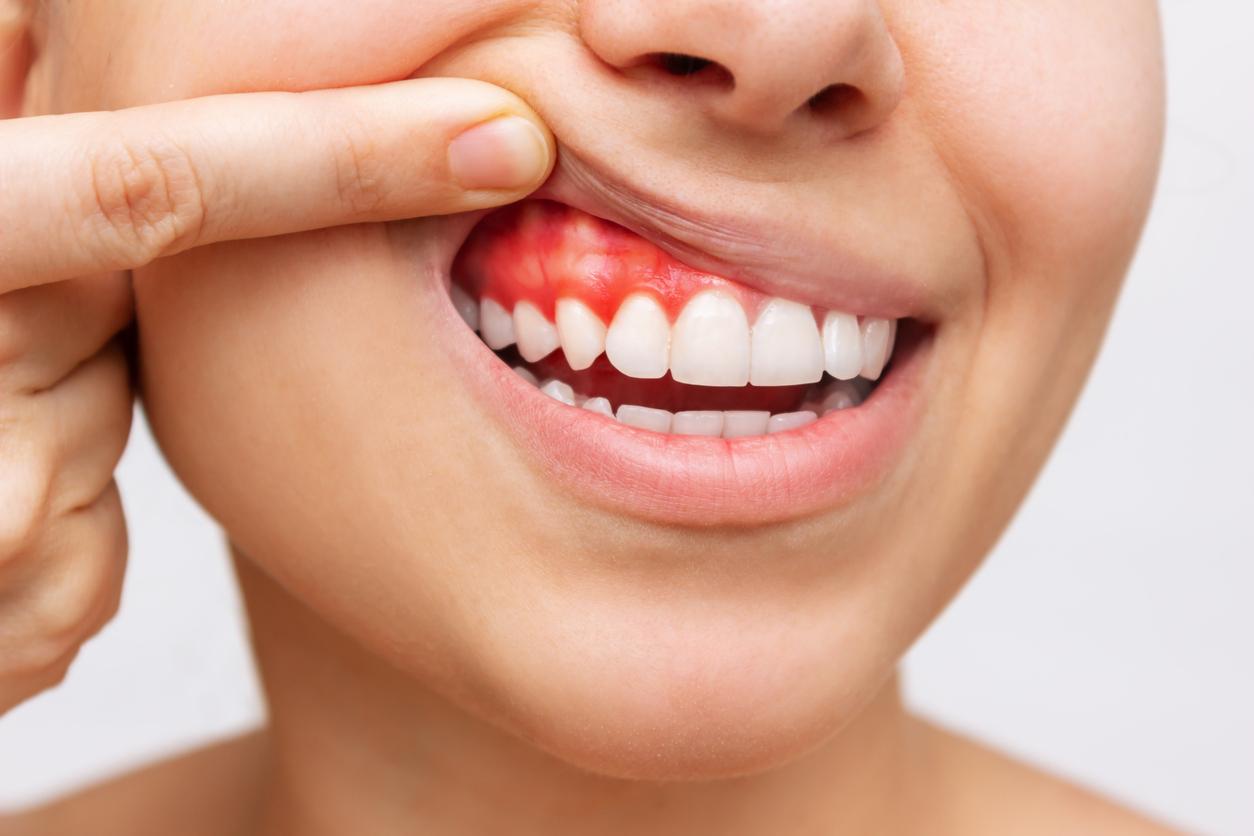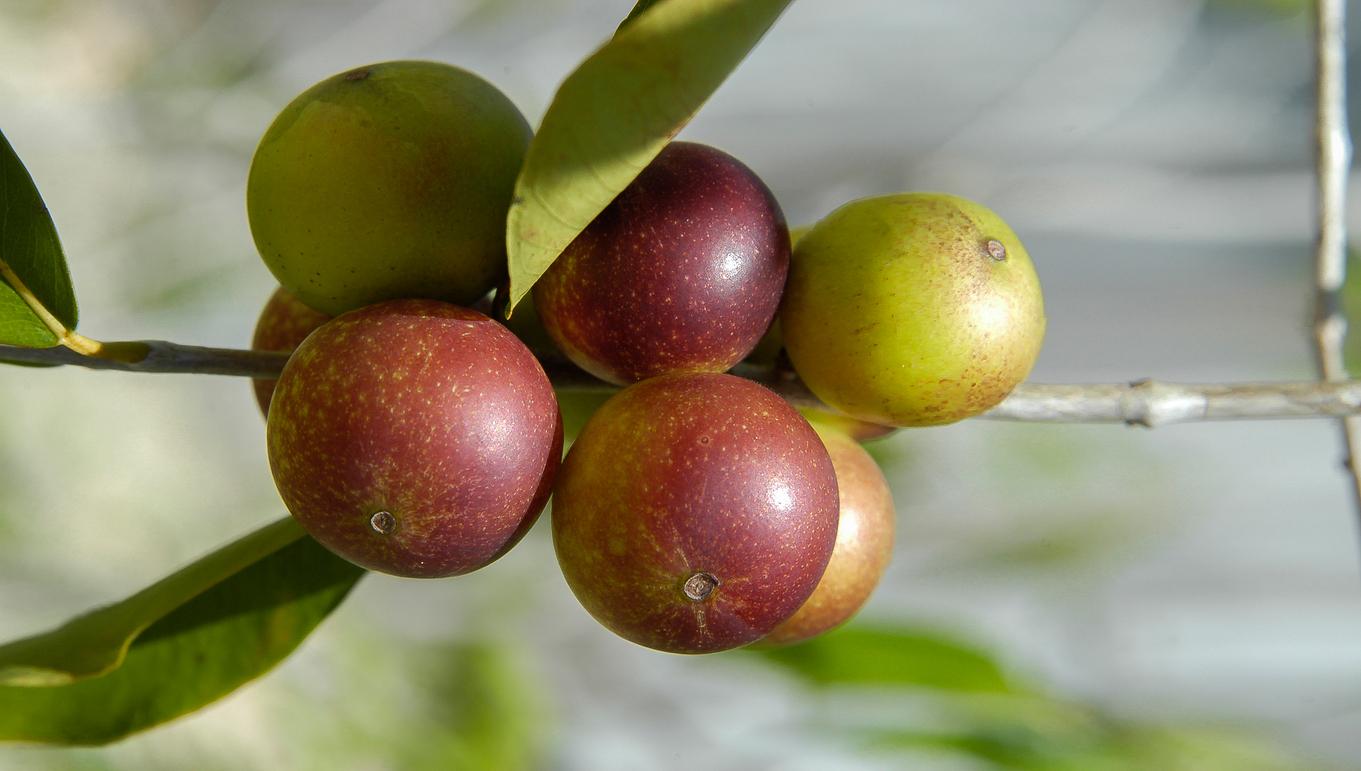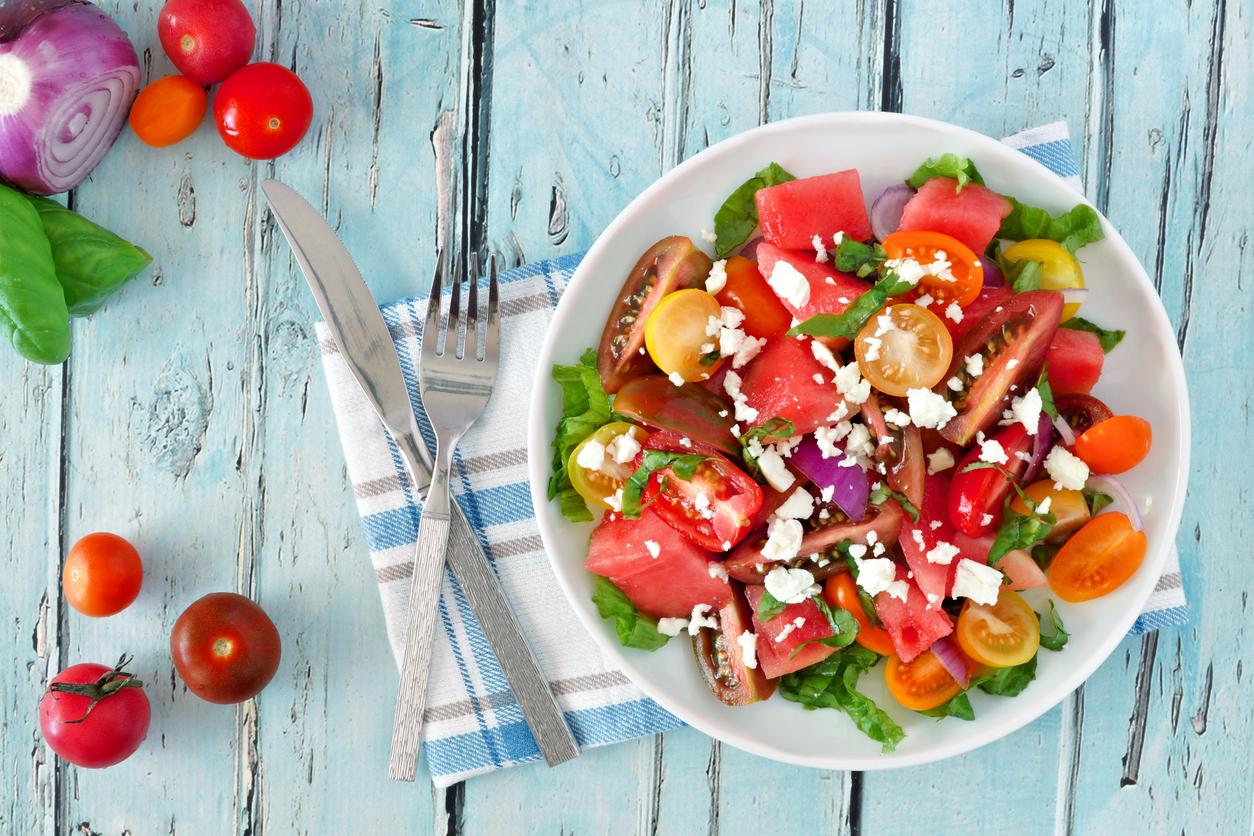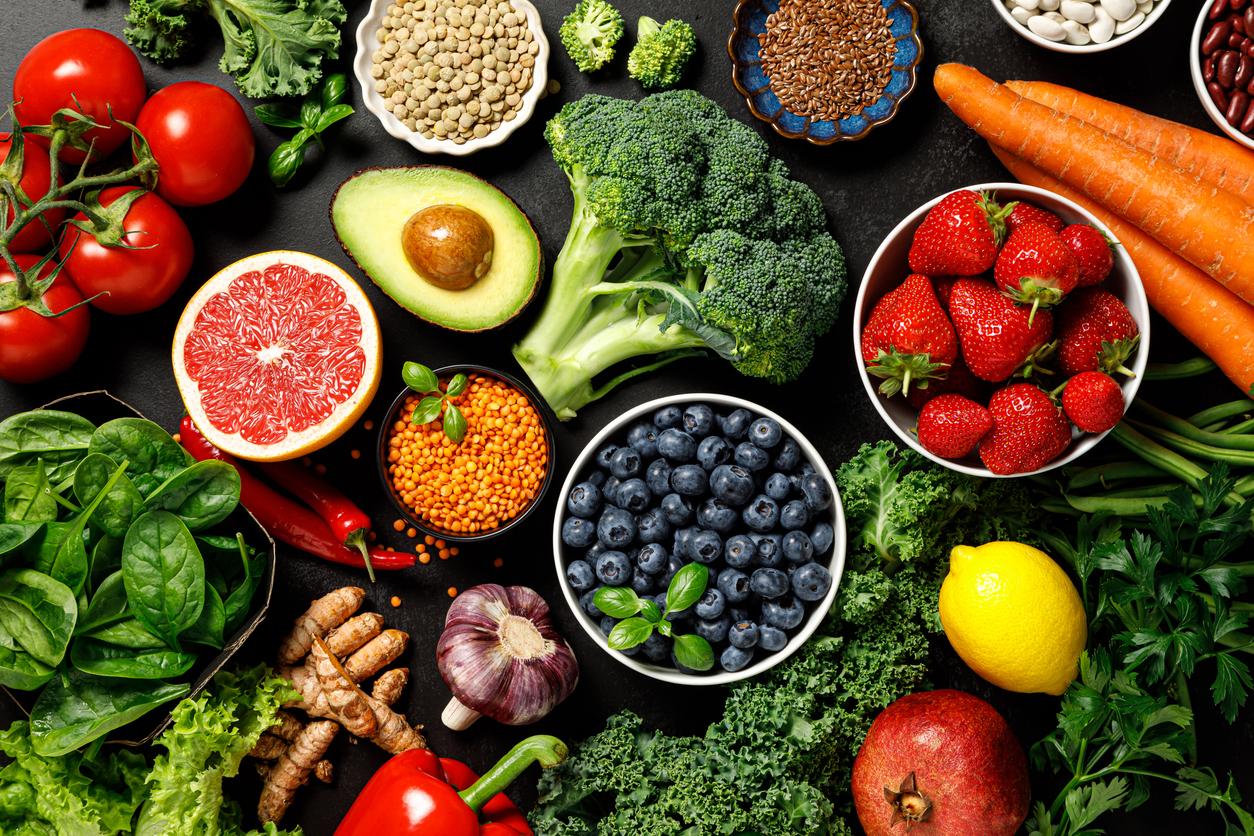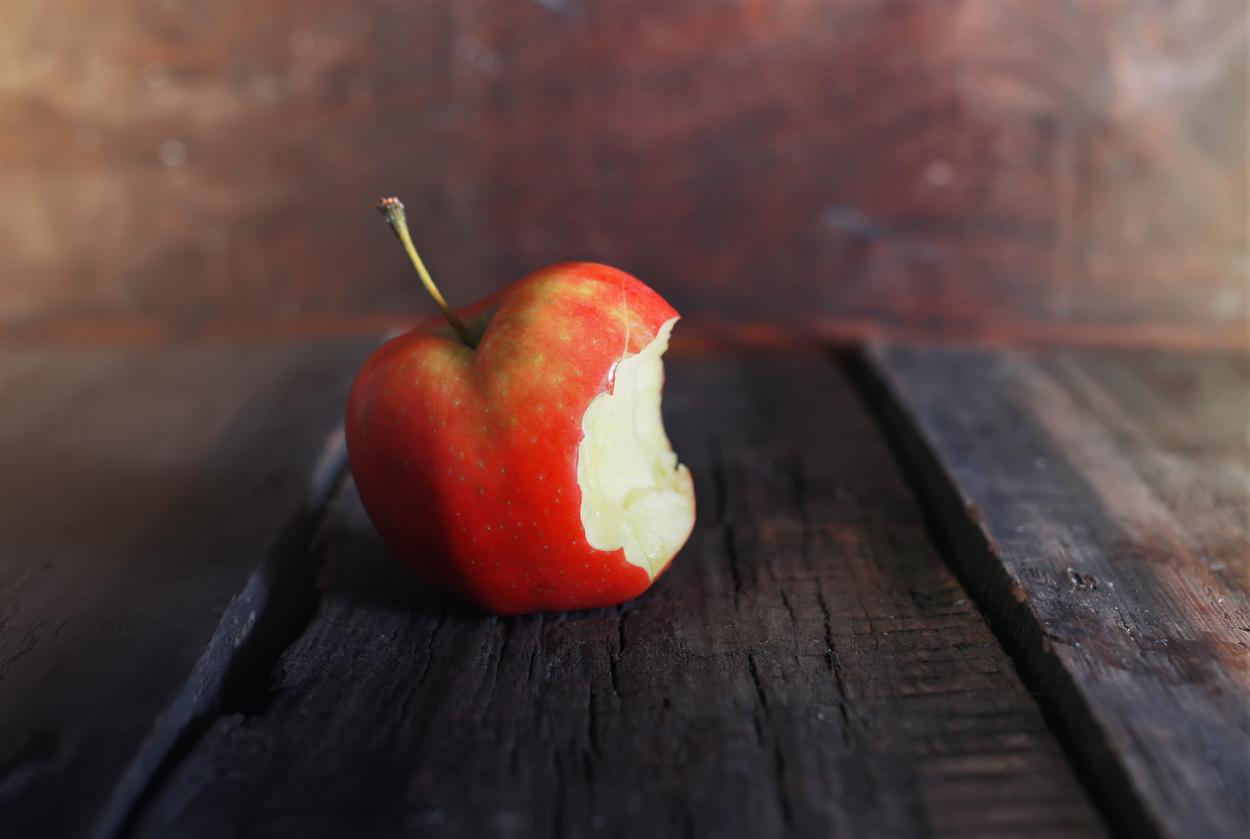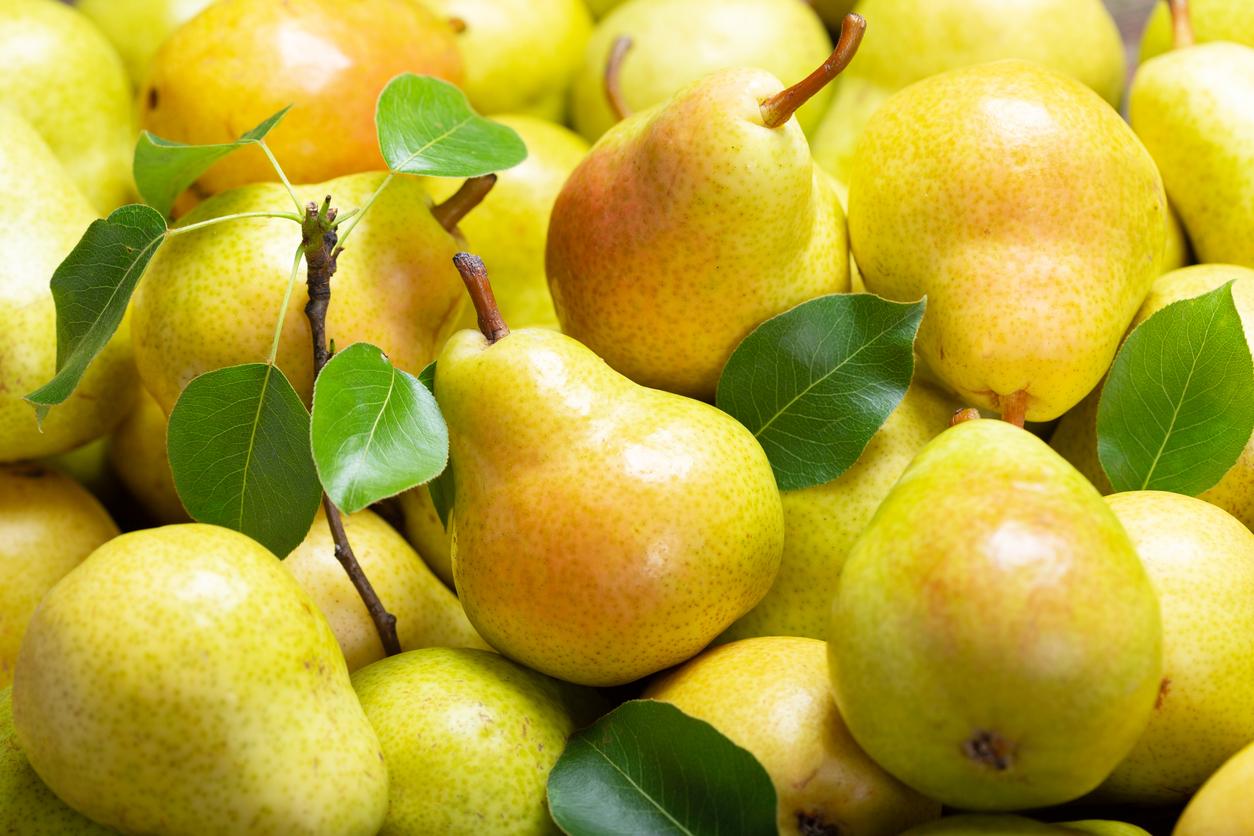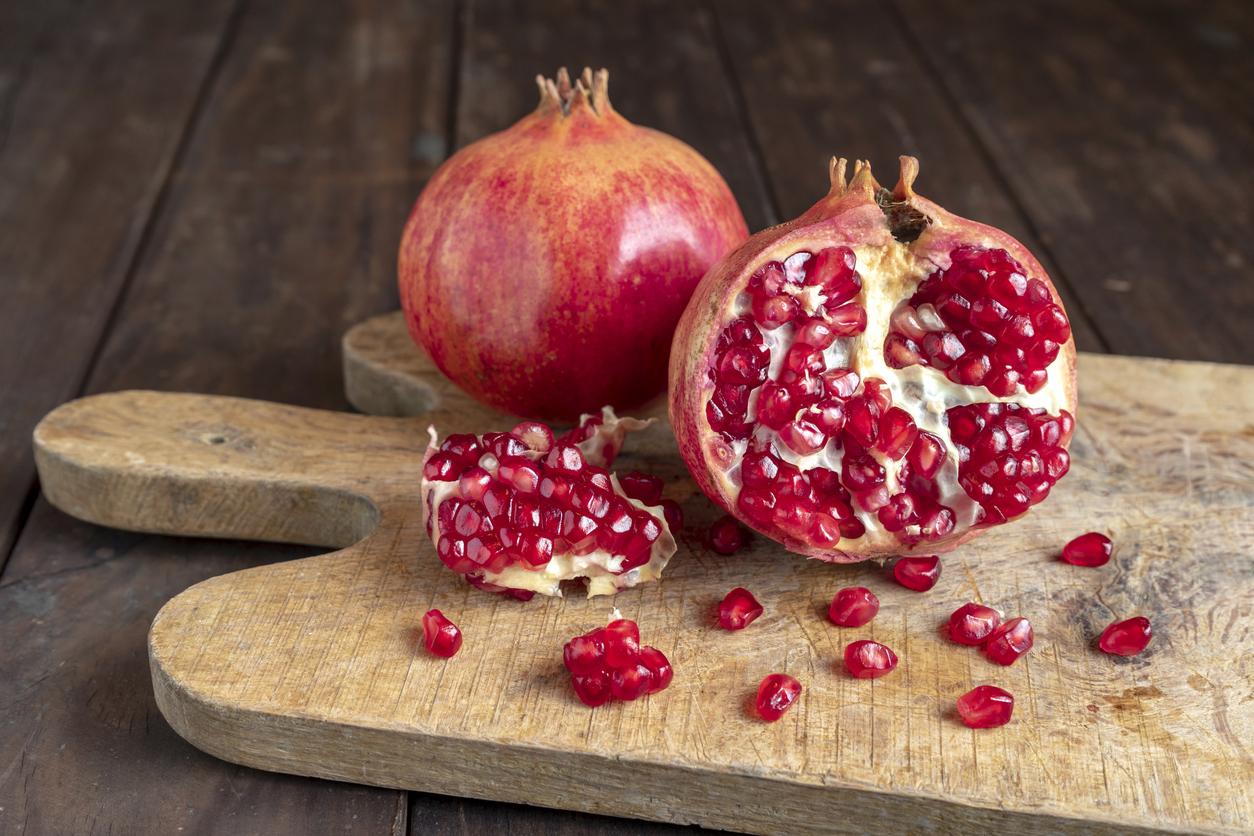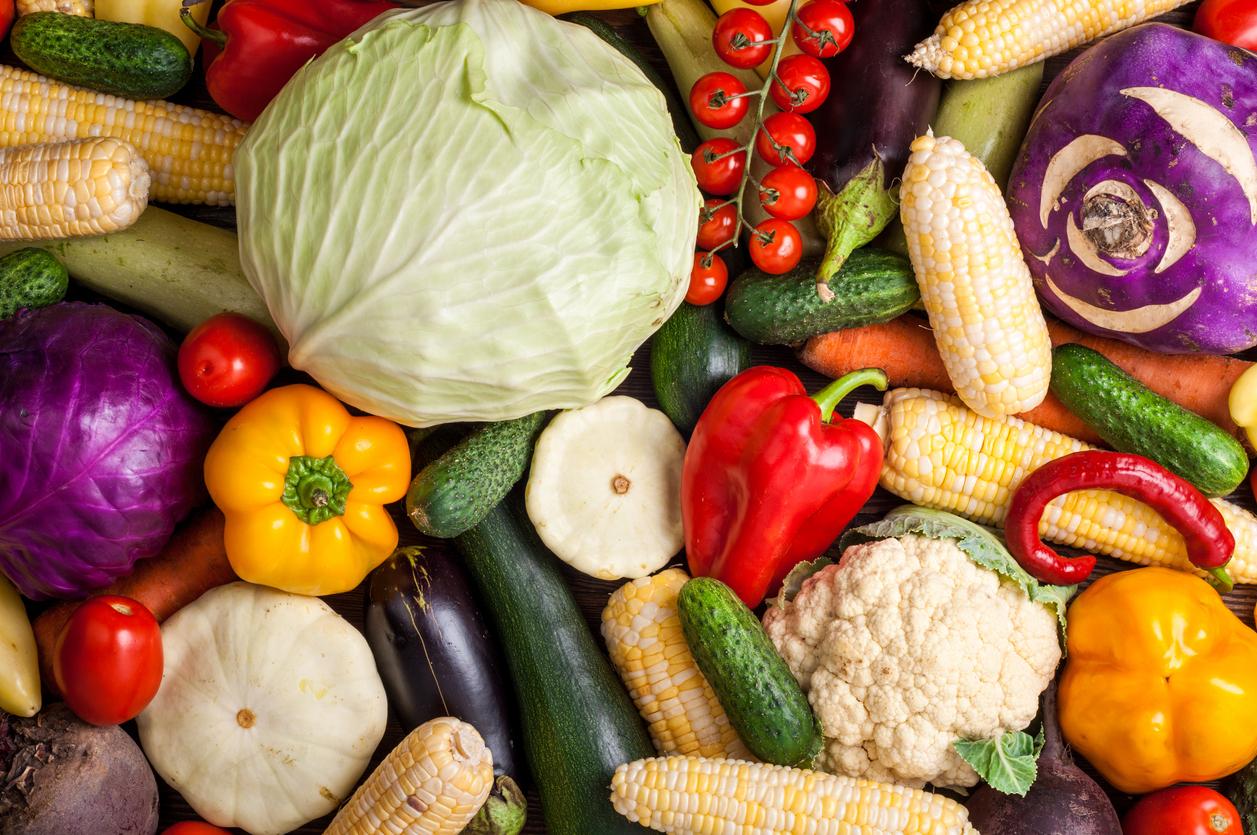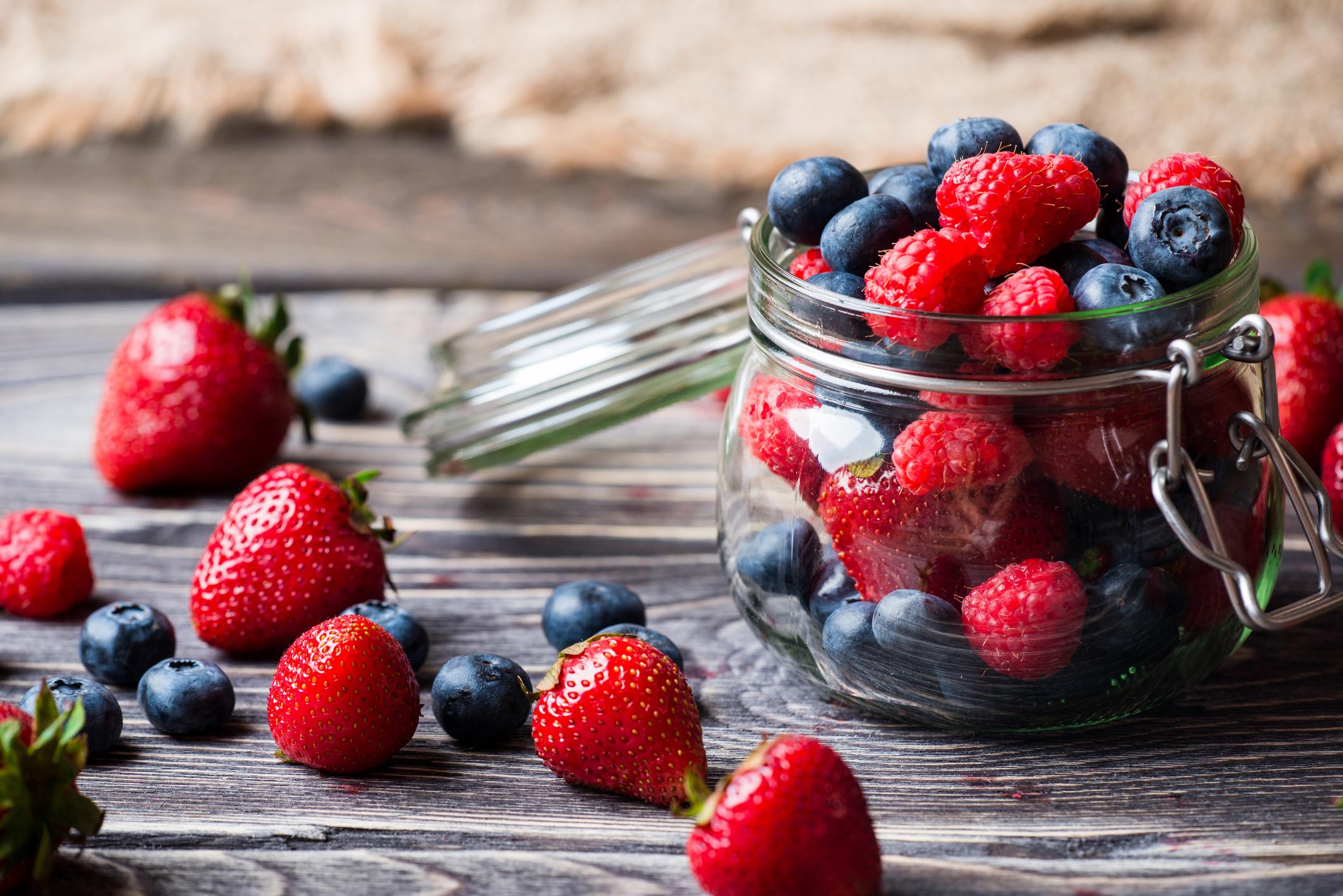
New natural sweetener in addition to stevia
There is a good chance that stevia will face competition in the foreseeable future. A new natural sweetener is on the way: monk fruit. Monk fruit has been allowed in the United States since 2010. The European Food and Consumer Product Safety Authority (EFSA) is currently examining the safety and if that works out positively, monk fruit will also be allowed in Europe.
Monk fruit is a small, round fruit from the mountains of southern China and is called ‘Luo han guo’ (LHG) there. It grows on a cucumber-like plant officially called Siraitia grosvenorii. A ripe monk fruit is edible and tastes very sweet. That is thanks to the so-called mogrosides in it. These sweeteners also end up in the extract made from monk fruit juice. The juice is obtained by removing the skin and seeds from the fruit and then crushing the fruit. It is precisely this extract that has been used as a sweetener in the United States for years. It is already in drinks, ice cream, dairy, sports nutrition, candy, cookies and pastries.
150-200 times sweeter than sugar
Monk fruit extract – just like stevia – has no calories, but it does taste very sweet. Its sweetening power is 150 to 200 times greater than that of sugar. That is only slightly less than the sweetening power of stevia extract: it tastes 200 to 300 times as sweet as sugar. So very little monk fruit extract is needed to sweeten something. The US Food and Drug Administration – the US Food and Drug Administration – has considered monk fruit extract safe since 2010. It has also been approved as a sweetener in Canada, China and Japan. In Europe, the EFSA safety assessment is still awaited. As soon as that is positive, it is only a matter of time before the first products sweetened with monk fruit extract will also appear on the shelves here.
Natural intensive sweeteners
Monk fruit, like stevia, belongs to the intensive sweeteners (see table). These are sweeteners that provide little or no calories, but do taste very sweet. They are tens, hundreds or thousands of times sweeter than the same amount of sugar. Most intensive sweeteners are made artificially in a factory. But there are also a few natural ones. Three natural intensive sweeteners are currently permitted in the Netherlands:
- Stevia. The best known natural sweetener. Officially this is called steviol glycosides (E960). This natural intensive sweetener is extracted from the stevia plant.
- Thaumatin (E957), which is extracted from tree seeds
- Neohesperidin-DC (E959), which is extracted from orange peel
Sweetener Safety
In addition to these three natural intensive sweeteners, eight artificial intensive sweeteners are also permitted in the Netherlands (see table). The most well-known are aspartame, saccharin and cyclamate. You can find them in diet soda, diet dairy products, chewing gum, diet jam, sweets and many other foods. Often there are combinations of different intensive sweeteners, to cover up any aftertaste. Natural intensive sweeteners are not automatically better or healthier than artificial intensive sweeteners. Whether of natural origin or not, all sweeteners must meet the same safety criteria. Often there is a maximum allowed level to prevent someone from ingesting too much. And what you might not know: every sweetener, whether natural or artificial, has an E number.
Intensive sweeteners allowed in the Netherlands
| Natural intensive sweetener | Products in which you can encounter them |
| Thaumatin (E957) | Dairy products, ice cream, chocolate, candy, chewing gum, sweets, soft drinks, food supplements |
| Neohesperidin DC (E959) | Breakfast cereals, cakes and pastries, meat, soups, fruit drinks, alcoholic drinks |
| Steviol glycosides (E960) | Dairy products, sweet and sour fruit and vegetables in cans or glass, jam, chocolate, chewing gum, sauces, nuts, food supplements |
| Artificial Intensive Sweetener | Products in which you can encounter them |
| Acesulfame-K (E950) | Fruit and vegetables in cans or glass, jam, chewing gum, sauces, cakes and pastries, sweets, alcoholic beverages, food supplements |
| Aspartame (E951) | Dairy products, ice cream, chocolate, breakfast cereals, sweet and sour fish in cans or glass, soups, fruit drinks, soft drinks |
| Cyclamates (E952) | Fruit in cans or glass, jam, biscuits and pastries, sweets, fruit drinks, soft drinks, alcoholic drinks |
| Saccharins (E954) | Dairy products, canned or glass fruit and vegetables, jams, sweets, sauces, soups, soft drinks, alcoholic beverages |
| Sucralose (E955) | Dairy products, canned or glass fruit and vegetables, jams, sweets, sauces, soups, soft drinks, alcoholic beverages |
| Neotame (E961) | Ice cream, fruit and vegetables in cans or glass, candy, cakes and pastries, sweet and sour fish in cans or glass, soups, soft drinks, snacks |
| Aspartame Acesulfame Salt | Dairy products, sweets, cakes and pastries, sweets, soups, soft drinks, desserts |
| Advantame (E969) | Dairy products, sweets, cakes and pastries, sweets, soups, soft drinks, desserts |
Sources):
-
- Foodinsights.nl









